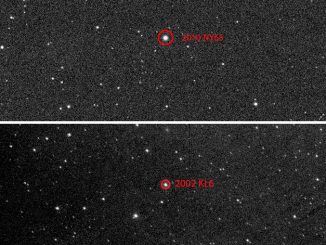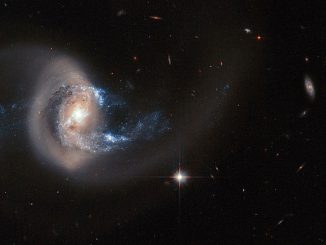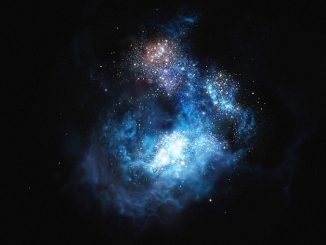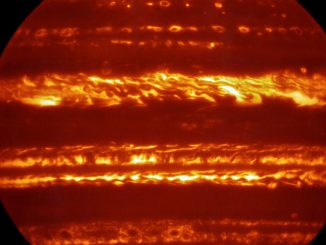
A unique project to track two asteroids for Asteroid Day 2016
Las Cumbres Observatory have partnered with Asteroid Day 2016 and Universe Awareness to create a website which allows you to use a global network of robotic telescopes to take pictures of two asteroids — 2002 KL6 and 2010 NY65 — currently passing close to Earth. On the website you can join the international campaign to study and raise awareness about asteroids.









